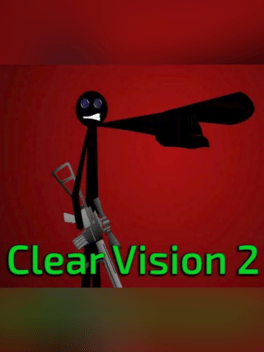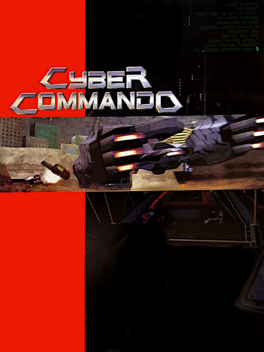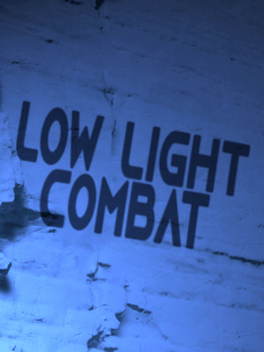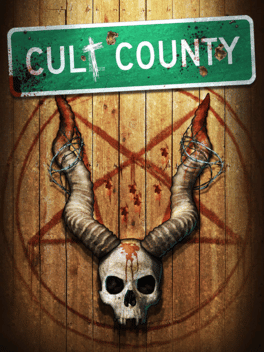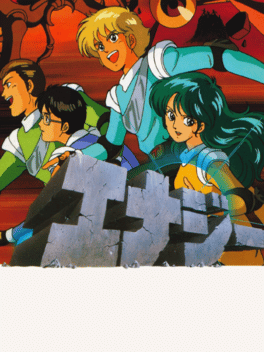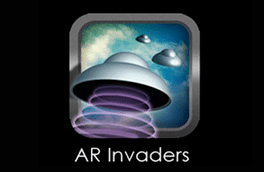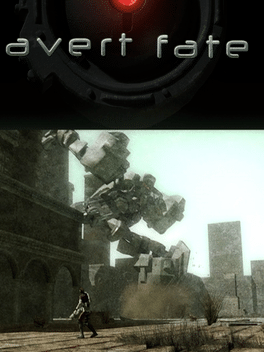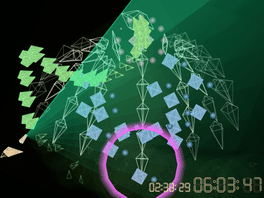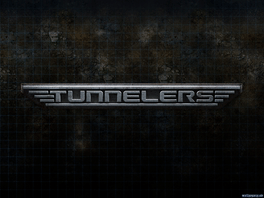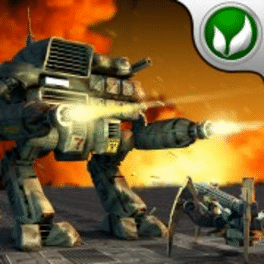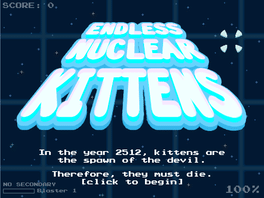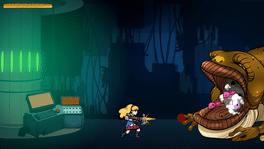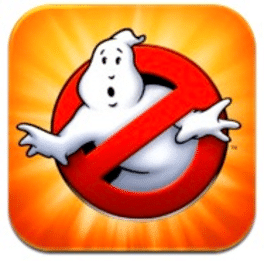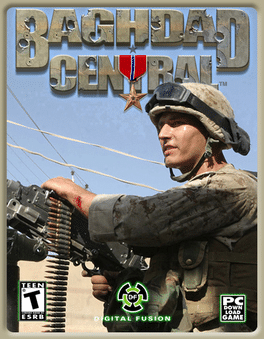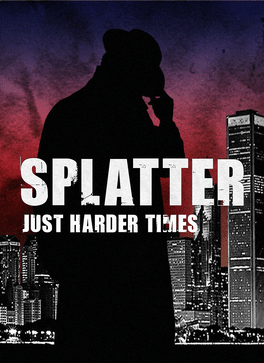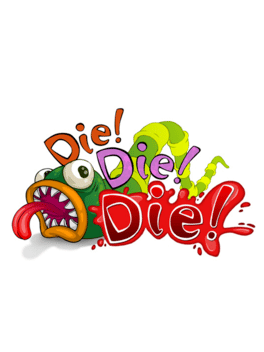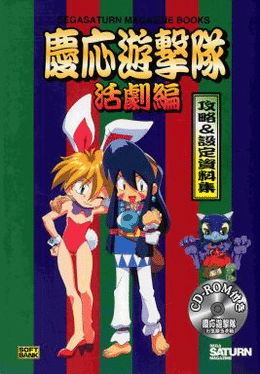Most Popular Shooter Games - Page 454
-
Space Paranoids
2009
Space Paranoids
2009
A first-person shooter game developed by 42 Entertainment as part of the Flynn Lives campaign. -
Clear Vision 2
2007
Clear Vision 2
2007
Clear Vision II is a free sniper-style game with stickman animation. You’re a hitman for hire and business is booming. Even your average joe can gather a load of cash to take out someone who is an inconvenience. From getting rid of their ex-wifes to wanting to get rid of a coworker, it doesn’t matter the reason as long as they pay you. It’s not all fun and games until you’re discovered and recruited by the government for your eagle eye skills. Will you change your ways and work for good? -
Cyber Commando
1994
Cyber Commando
1994
Cyber Commando is the 1994 sequel to Namco's 1993 arcade game Cyber Sled. The game ran on the Namco System 22 arcade hardware, the successor to the Namco System 21 arcade board which Cyber Sled ran on. The player pilots a futuristic tank that glides smoothly over the surface like a 'sled', searching for enemies to destroy. -
Low Light Combat
2013
Low Light Combat
2013
A ridiculous new ninja-and-nukes shooter from Wolfire Games, the creators of Receiver. -
Cult County
Renegade Kid's new episodic Horror-FPS originally planned for the Nintendo 3DS eShop. On April 2, 2014 Renegade Kid announced the game was evolved into a console game and went to Kickstarter while the 3DS version has been canceled. The game will be made even if the Kickstarter fails but it will take a lot longer, according to Renegade Kid. -
Love & Destroy
1999
-
Energy
1989
Energy
1989
A sci-fi side-scrolling action game for the PC Engine. It was based on a PC-88 game called Ashe. -
Soldier Front 2
2013
-
Avert Fate
2008
Avert Fate
2008
Avert Fate is a futuristic FPS that challenges you to survive in several difficulty modes. -
Tunnelers
2012
Tunnelers
2012
Free to play multiplayer shooter set in 2159, in which player controls and customizes his own tank and takes it into battles for extremely rare mineral called Carretium against other players. -
Battle for Cydonia
Battle for Cydonia has the player fighting endless waves of enemies in a customizable mech. -
Battle Frogs
2013
-
Ghostbusters: Paranormal Blast
Ghostbusters: Paranormal Blast is a 3D augmented reality mobile game from XMG Studio. -
Baghdad Central: Desert Gunner
2006
Protect your convoy from Iraqi insurgents in this on-rails shooter. -
Die!Die!Die!
2013
Die!Die!Die!
2013
"Medical defense" game where the player takes control of a syringe-styled turret inside a human, trying to defend him against the horde of microbes out to end his life. -
Keio Yuugekitai Okiraku Tamatebako
A "Not For Resale" demo disc of Keio Flying Squadron 2 which includes high quality videos from the first Keio, demo levels, and an art gallery.

